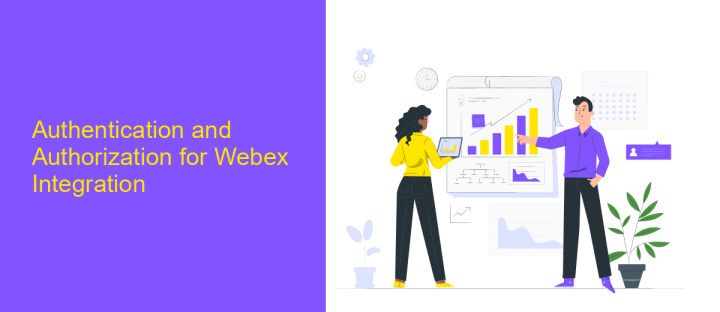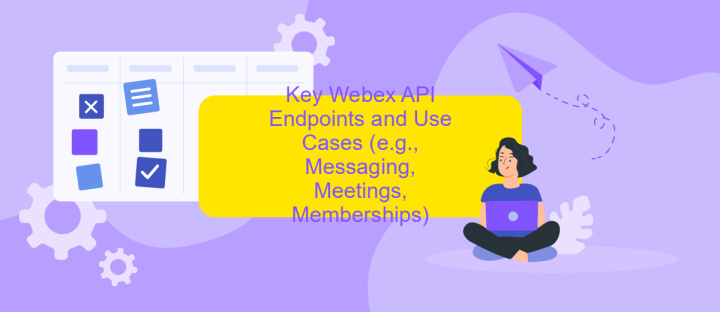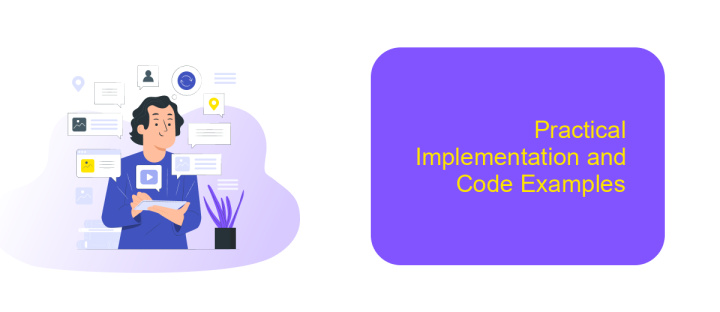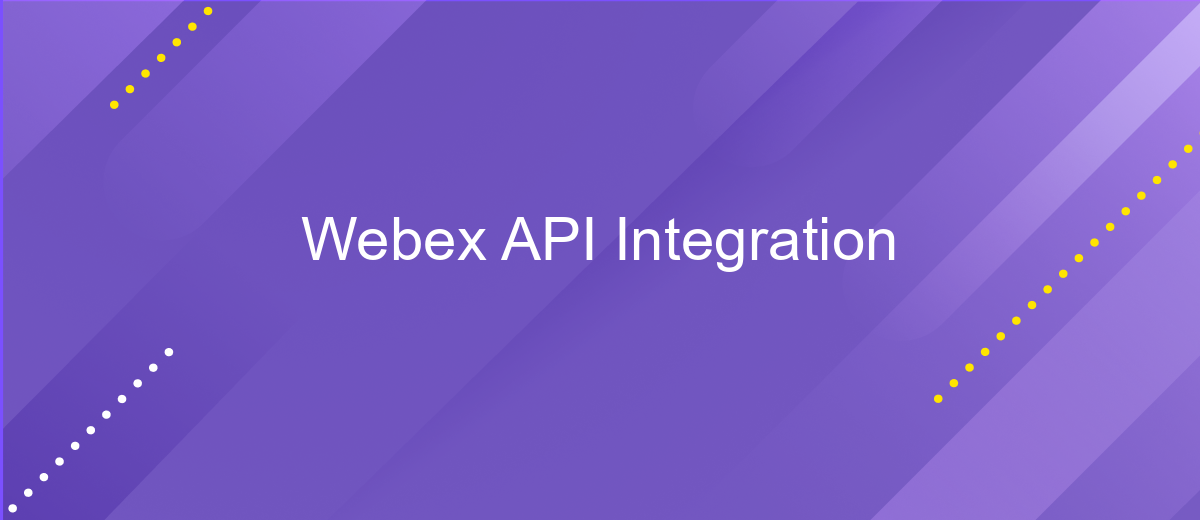Webex API Integration
Integrating Webex API into your applications can revolutionize the way you handle communication and collaboration. By leveraging Webex's robust API capabilities, developers can seamlessly incorporate video conferencing, messaging, and team collaboration features into their platforms. This integration not only enhances user experience but also streamlines workflows, making it an essential tool for businesses looking to stay competitive in today's fast-paced digital environment. Discover how Webex API can transform your application today.
Introduction to Webex API and its Capabilities
The Webex API offers a comprehensive suite of tools designed to enhance communication and collaboration within organizations. As a powerful platform, it allows developers to integrate Webex's functionalities seamlessly into their applications, enabling a more connected and efficient workflow. Whether you're looking to build custom meeting experiences or automate workflows, the Webex API provides the flexibility and scalability needed to meet diverse business needs.
- Meetings: Schedule, manage, and join meetings programmatically.
- Messaging: Send and receive messages, manage spaces, and facilitate team collaboration.
- Calling: Integrate voice and video calling features into your applications.
- Devices: Manage and monitor Webex devices remotely.
- Analytics: Access detailed usage reports and insights.
By leveraging Webex API, businesses can create tailored solutions that enhance productivity and improve communication. Its robust capabilities ensure that teams can stay connected, whether they're working remotely or in the office. As organizations continue to embrace digital transformation, the Webex API stands out as a critical component in building a cohesive and collaborative digital ecosystem.
Authentication and Authorization for Webex Integration

Integrating with Webex APIs requires a robust authentication and authorization mechanism to ensure secure access to resources. Webex utilizes OAuth 2.0, a widely adopted authorization framework, to facilitate this. Developers must first register their application with Webex to obtain the necessary client ID and client secret. These credentials are crucial for initiating the OAuth 2.0 flow, where the application requests an access token on behalf of the user. This token allows the application to interact with Webex services without exposing user credentials, maintaining security and privacy.
To streamline the integration process, services like ApiX-Drive can be employed. ApiX-Drive offers a user-friendly interface to configure Webex API integrations efficiently. It simplifies the authentication setup by guiding users through the OAuth 2.0 process, ensuring that tokens are correctly obtained and managed. This service is particularly beneficial for users who may not have extensive technical expertise, allowing them to focus on leveraging Webex's capabilities rather than dealing with complex authentication protocols.
Key Webex API Endpoints and Use Cases (e.g., Messaging, Meetings, Memberships)

The Webex API offers a range of endpoints that facilitate seamless integration with its platform, enabling developers to enhance their applications with robust communication features. These endpoints are essential for accessing Webex's core functionalities, including messaging, meetings, and memberships.
- Messaging: The messaging endpoints allow applications to send, receive, and manage messages within Webex Spaces. This is crucial for creating chatbots or integrating third-party messaging services.
- Meetings: Through the meetings endpoints, developers can schedule, start, and manage Webex meetings. This is particularly useful for applications that require video conferencing capabilities.
- Memberships: Membership endpoints manage user participation in Webex Spaces, enabling applications to add or remove users, making it easier to control access and collaboration settings.
By utilizing these key Webex API endpoints, developers can create powerful use cases that enhance user interaction and collaboration. Whether it's integrating messaging capabilities, facilitating virtual meetings, or managing user memberships, these endpoints provide the flexibility needed to build comprehensive communication solutions.
Practical Implementation and Code Examples

Integrating Webex API into your application can significantly enhance its communication capabilities. To begin, ensure you have access to the Webex Developer Portal and obtain your API credentials. With these in hand, you can start by setting up a basic environment using your preferred programming language.
First, install the necessary libraries or SDKs for Webex API integration. This typically involves using a package manager like npm for Node.js or pip for Python. Once the environment is ready, you can initiate API requests to perform tasks such as creating meetings, sending messages, or retrieving user information.
- Authenticate using OAuth 2.0 to securely access Webex services.
- Use RESTful API endpoints to interact with Webex resources.
- Handle responses and errors efficiently to ensure robust integration.
By following these steps, you can leverage Webex API to build seamless communication features within your application. Experiment with different API calls and explore the extensive documentation provided by Webex to unlock its full potential. This practical approach will help you create a more interactive and connected user experience.


Best Practices and Troubleshooting for Webex API Integration
Integrating Webex API requires careful planning and execution to ensure seamless functionality. Start by thoroughly reviewing the official Webex API documentation to understand the available endpoints and methods. Establish clear objectives for your integration, focusing on the specific features you need. Use version control systems to manage your code efficiently, and consider implementing automated testing to catch errors early. When configuring integrations, services like ApiX-Drive can simplify the process by providing user-friendly interfaces and pre-built connectors, reducing development time and effort.
Troubleshooting is vital to maintaining a stable Webex API integration. Monitor API responses for errors and set up alerts for any anomalies. Common issues include incorrect authentication, rate limits, and outdated API versions. Ensure your access tokens are valid and refreshed as needed. If you encounter persistent problems, consult the Webex developer community forums for insights and solutions. Additionally, maintain comprehensive logs of API interactions to facilitate quick diagnosis and resolution of issues. By following these best practices, you can optimize your Webex API integration for reliability and performance.
FAQ
What is Webex API Integration?
How can I start using Webex API for my application?
What kind of data can I access through Webex API?
How can I automate tasks using Webex API Integration?
What are some common challenges when integrating with Webex API?
Time is the most valuable resource in today's business realities. By eliminating the routine from work processes, you will get more opportunities to implement the most daring plans and ideas. Choose – you can continue to waste time, money and nerves on inefficient solutions, or you can use ApiX-Drive, automating work processes and achieving results with minimal investment of money, effort and human resources.

